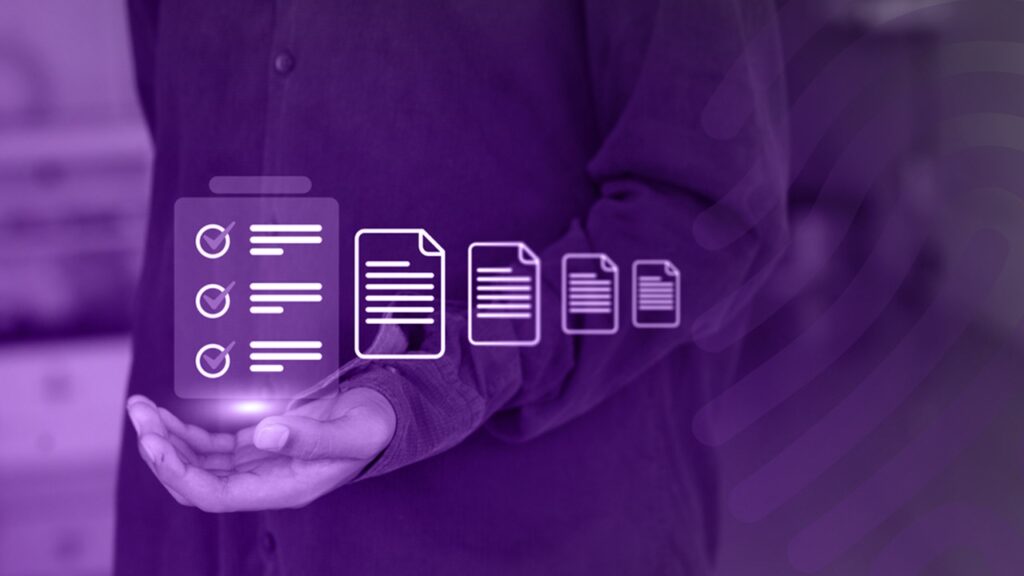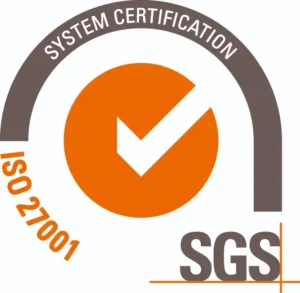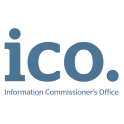Introduction: Remote Onboarding Isn’t a Trend, It’s the New Normal
Remote onboarding has rapidly become the standard for financial services, recruitment, education, and digital marketplaces. Customers and employees alike expect to join platforms and open accounts without ever stepping into a physical office.
But with convenience comes risk. Fraud, identity theft, and document forgery are on the rise, and businesses can’t afford to rely on outdated manual methods to verify identities.
That’s why automated document verification is becoming the go-to approach for secure, fast, and scalable onboarding. It’s a technology-driven document verification solution that checks authenticity, validates data, and eliminates friction all in real time.
What Is Automated Document Verification?
Automated document verification is the process of digitally analyzing and authenticating documents like passports, driver’s licenses, ID cards, and utility bills using AI and machine learning.
Rather than relying on manual review by back-office staff, this process is fully automated and can verify documents in seconds by:
- Detecting tampered or fake IDs
- Extracting key data using OCR (Optical Character Recognition)
- Comparing document data with databases or user-submitted info
- Performing checks for expiration, format, and regional validity
Why It Matters in 2025
Manual identity checks are too slow and vulnerable for today’s high-speed, high-risk digital environment. Automated verification provides:
- Speed – Onboarding happens in minutes, not days
- Accuracy – AI reduces human error and catches subtle fakes
- Scalability – Handles thousands of verifications simultaneously.
- Compliance – Helps meet global KYC, AML, and GDPR
Whether you’re onboarding new customers, tenants, employees, or users, you need a document verification solution that adapts to real-time demands.
Use Case: A Fintech Startup’s Need for Speed
Let’s say a fintech startup in the UK is offering digital wallets and investment tools. With hundreds of daily signups, their manual review team struggles to keep up. Customers face onboarding delays and many abandon the process.
After implementing an automated document verification tool, the company:
- Reduces average onboarding time from 48 hours to under 10 minutes
- Lowers dropout rates by 35%
- Achieves full KYC compliance with FCA regulations
- Detects and blocks over 90% of known forged documents
Key Features of a Smart Document Verification Solution
If you’re evaluating options, here’s what to look for:
Multi-Document Support
Supports passports, ID cards, residence permits, and more across over 200+ countries and jurisdictions.
AI & Machine Learning
Detects signs of tampering, edits, or document forgery with deep pattern analysis and image processing.
Real-Time OCR
Extract data fields like name, DOB, document number, and address instantly for use in KYC workflows.
Accuracy & Speed
Returns results in under 30 seconds, with high confidence scores and low false positives.
Compliance Ready
Built to meet GDPR, UK KYC/AML, and other global regulatory frameworks.
Industries Benefiting from Automated Document Verification
The use of automated document checks is expanding across many sectors:
- Banking & Fintech – For KYC onboarding, account creation, and fraud prevention
- Cryptocurrency Exchanges – To meet global AML and regulatory requirements
- Recruitment Agencies – For verifying right-to-work documents remotely
- Property & Real Estate – For secure tenant identity verification
- Online Education – To authenticate students and prevent cheating/fraud
No matter the industry, reducing friction while improving security is the ultimate win-win.
Challenges with Manual Verification and How Automation Solves Them
| Manual Verification | Automated Document Verification |
| Slow and inconsistent | Fast and scalable |
| Prone to human error | AI-driven accuracy |
| Labor-intensive | Low operational overhead |
| High customer drop-offs | Frictionless user experience |
In a competitive digital landscape, businesses can’t afford to frustrate users or miss out on good clients due to sluggish onboarding.
Final Thoughts: Your Digital Gateway Starts with Trust
Remote onboarding is now the standard, and automated document verification is the key to making it fast, secure, and scalable. Businesses that adopt these smart technologies gain a competitive edge by delivering great experiences while staying compliant and secure.
Frequently Asked Questions (FAQs):
Is automated document verification secure?
Yes. Leading providers use encrypted processing, secure storage, and GDPR-compliant handling of all user data.
Can this detect fake or forged IDs?
Absolutely. AI algorithms can spot subtle manipulation in fonts, holograms, photo placements, and file metadata.
Is this suitable for international customers?
Yes. Most solutions support global document types, making it perfect for companies onboarding users worldwide.









